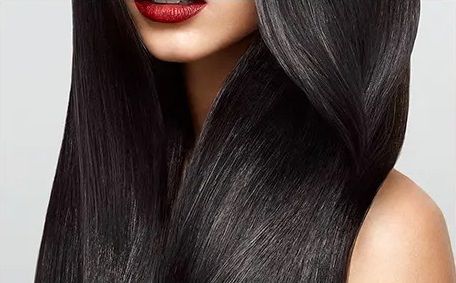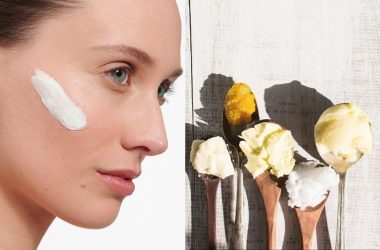Table of Contents
The Discoloration of Hair: Causes, Symptoms, and Treatments
Hair discoloration, also known as hair color changes, is a common problem that can affect anyone at any age. It occurs when the natural pigment responsible for hair color, called melanin, is either produced in excess or depleted, resulting in changes to the hair’s natural shade. In this article, we will explore the various causes, symptoms, and treatments of hair discoloration.
Causes of Hair Discoloration
Hair discoloration can occur due to a combination of genetic, environmental, and lifestyle factors. Some common causes include:
Genetic Factors: In some cases, hair discoloration may be inherited from one’s parents. For example, people with fair skin may be more prone to red or blonde hair, while those with darker skin may be more likely to develop darker hair.
Environmental Factors: Exposure to the sun, pollution, and chemical substances can cause hair discoloration. For instance, excessive sun exposure can cause hair to become lighter and more brittle, while chemicals in hair products can alter the hair’s natural pigmentation.
Lifestyle Factors: Hairstyling habits, such as over-processing or excessive heat styling, can also contribute to hair discoloration. Additionally, certain medical conditions, such as thyroid disorders or autoimmune diseases, may also cause changes in hair color.
Symptoms of Hair Discoloration
Hair discoloration can manifest in various ways, including:
Changes in Hair Shade: Hair may become lighter, darker, or exhibit a range of colors from blonde to red.
Loss of Pigmentation: Hair may lose its natural color and become gray or white prematurely.
Abrupt Color Changes: Hair may experience sudden changes in color, such as going from blonde to dark brown.
Treatments for Hair Discoloration
Treatment options for hair discoloration depend on the underlying cause and severity of the condition. Some common treatments include:
Professional Hair Dyeing: A skilled hairstylist can work with you to find the right shade of hair color to match your skin tone and personal preferences.
Hair Straightening or Smoothing: Chemical treatments can help reduce frizz and restore the hair’s natural texture.
Herbal Remedies: Certain herbs, such as sage and chamomile, have been shown to improve hair color and texture when used in hair care routines.
Natural Hair Care: Simple changes to your hair care routine, such as reducing heat styling and using gentle hair products, can help slow down hair discoloration.
Prevention and Maintenance
To prevent or slow down hair discoloration, it’s essential to practice good hair care habits:
Reduce Heat Styling: Try to limit your use of heat styling tools or switch to lower heat settings to minimize damage.
Use Gentle Products: Choose hair products that are gentle and free from harsh chemicals to reduce color fade and damage.
Protect from the Sun: Wear a hat or use a hair serum with SPF to protect your hair from the sun’s damaging rays.
Get Regular Trims: Regular trims can help prevent split ends and breakage, reducing the risk of hair discoloration.
Recommended Products
-
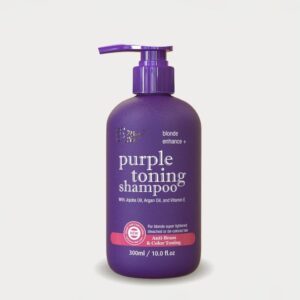 Merry Sun Purple Toning Shampoo 300mlKD5.000
Merry Sun Purple Toning Shampoo 300mlKD5.000 -
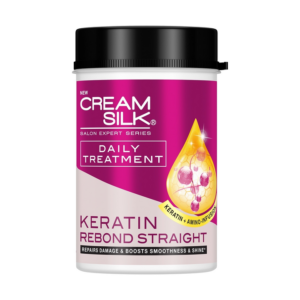 Cream Silk Daily Treatment Keratin Rebond Straight – 650mlKD4.990
Cream Silk Daily Treatment Keratin Rebond Straight – 650mlKD4.990 -
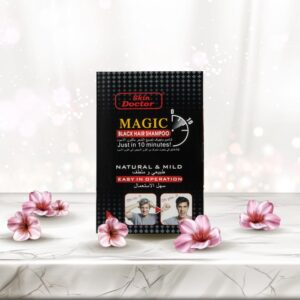 Skin Doctor Magic Black hair shampoo Natural & Mild – 25mlKD1.035
Skin Doctor Magic Black hair shampoo Natural & Mild – 25mlKD1.035 -
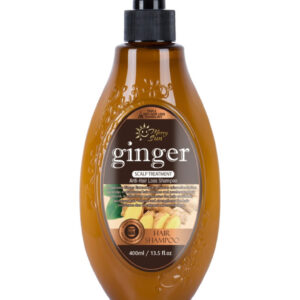 Merry Sun Ginger Scalp Treatment Anti-Hair Loss Shampoo – 400mlKD3.000
Merry Sun Ginger Scalp Treatment Anti-Hair Loss Shampoo – 400mlKD3.000 -
Product on sale
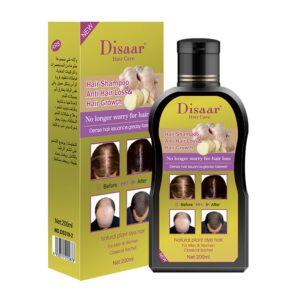 Disaar Hair Shampoo Anti Hair Loss & Hair Growth Shampoo – 200mlOriginal price was: KD5.000.KD2.500Current price is: KD2.500.
Disaar Hair Shampoo Anti Hair Loss & Hair Growth Shampoo – 200mlOriginal price was: KD5.000.KD2.500Current price is: KD2.500. -
 EELHOE Rosemary Oil for Hair Growth 30mLKD4.000
EELHOE Rosemary Oil for Hair Growth 30mLKD4.000 -
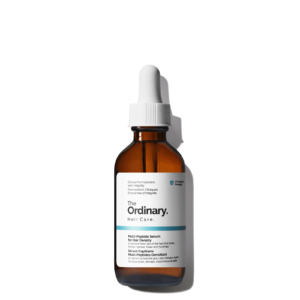 The Ordinary Multi-Peptide Serum for Hair Density 60mLKD12.000
The Ordinary Multi-Peptide Serum for Hair Density 60mLKD12.000 -
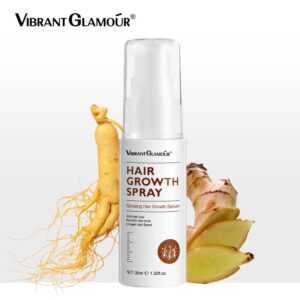 Vibrant Glamour Hair Growth Spray Ginseng Hair Growth Serum 30mLKD7.000
Vibrant Glamour Hair Growth Spray Ginseng Hair Growth Serum 30mLKD7.000 -
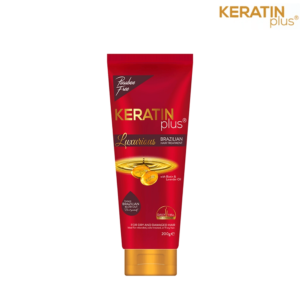 Keratin Plus Red Luxurious Brazillian Hair Treatment Tube – 200gKD4.000
Keratin Plus Red Luxurious Brazillian Hair Treatment Tube – 200gKD4.000

